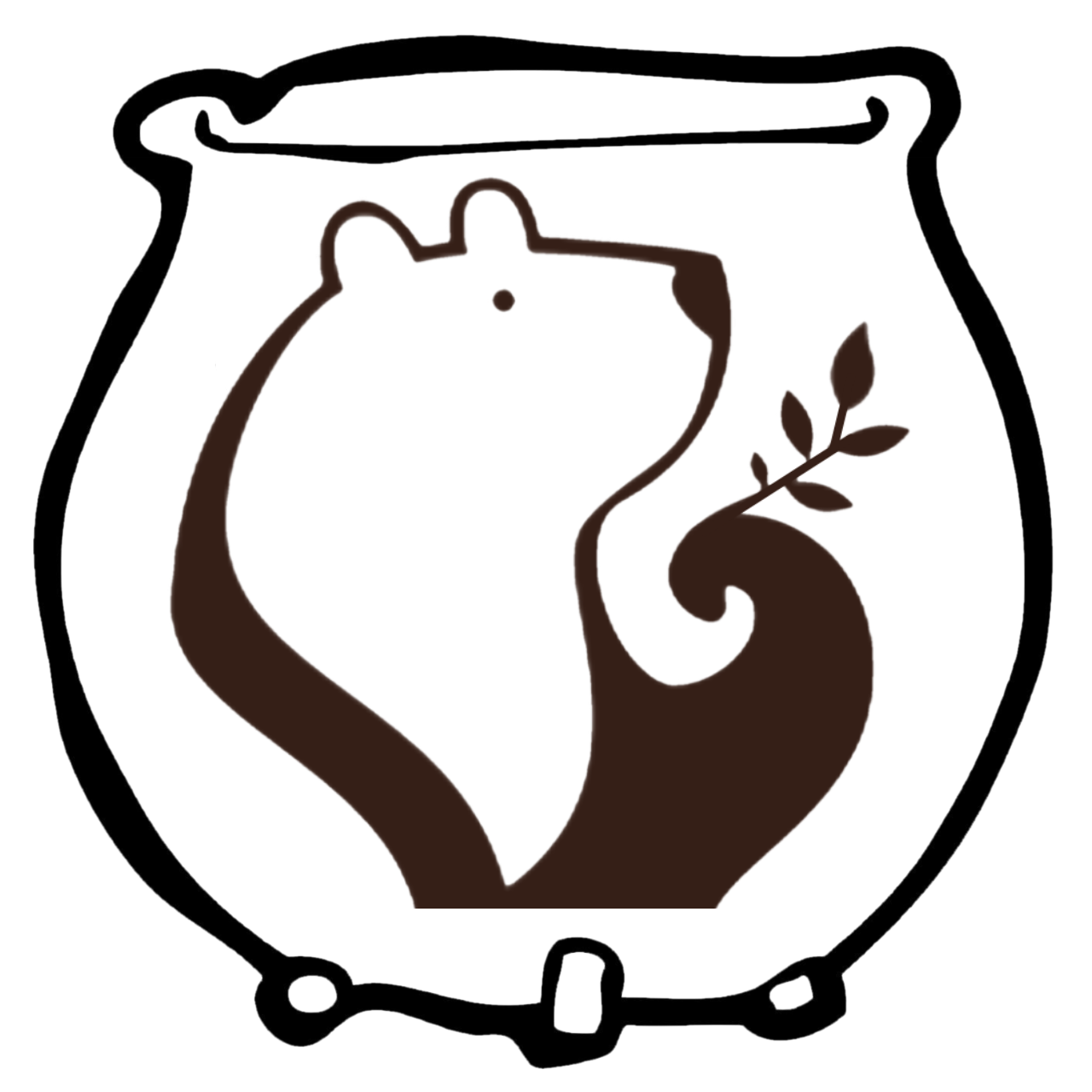Birch
The White Lady of the Wood
She sat beneath the birchen tree,
Her elbow resting on her knee;
She had withdrawn the fatal shaft,
And gazed on it, and feebly laughed;
Her wreath of broom and feathers gray,
Daggled with blood, beside her lay.
The Knight to stanch the life-stream tried,—
‘Stranger, it is in vain!’ she cried.
‘This hour of death has given me more
Of reason’s power than years before;
For, as these ebbing veins decay,
My frenzied visions fade away.
A helpless injured wretch I die,
And something tells me in thine eye
That thou wert mine avenger born.
The White Lady of the Woods is a supple and graceful tree. She is fast growing, deciduous, and flexible. A pioneer, she is one of the first to populate an area. As she is relatively short-lived, however, she becomes self-sacrificing and feeds those who come after her. She is usually a gentle advocate of change. Still, if she meets resistance, she has a fierce strength that will see to it that change happens. When young, her bark is reddish in color, then turns white or grey with horizontal markings called lenticels. These may separate into thin, papery sheets – most notably on paper birch. Her base may contain deep fissures while her branches reach upward and gently bow down at the tips. Hardy in the frost even when she is young, Birch will be one of the first to flower in springtime.
The Magic of Birch
Correspondences
Element: Air, Water
Gender: Feminine
Sabbat: Beltane, Samhain
Planet: Venus, Moon
Chakra: Heart
Spellwork
Light
Begin
Clean
Peace
Innocence
Ogham
Name: Beith “Birch”
Aicme (Tribe): Beith
Moriann Kenning: Whithered foot, Fine hair
Letter: B for Beautiful
Class: Peasant
Lunation: First
Gods: Morgan, Cerridwen, Hecate, Freya, Bloddeuwedd, Lugh
Wand: Inspiring, Protective
The Medicine of Birch
Ayurvedic
Ayurvedic Name: Bhoj-Patra
Vata: Pacify
Kapha: Pacify
Pitta: Pacify
Taste: Astringent
Herbology
Stimulant
Astringent
Anti-inflammatory
Bitter
Alterative
Anodyne
Antiseptic
Diaphoretic
Diuretic
Parasiticide
Stomachic
Vulnerary
TCM
TCM Name: Hua Mu Pi
Botanical Name: Asian White Birch Bark
Common Name: White Birch
Energy: Cool
Flavor: Slightly Pungent, Somewhat Bitter
Organs: Lung
Movement: Clears heat, Relieves inflammation
Science of Birch
Botany
Botanical Name: Betula alba
Family: Betulaceae (Birch Family)
Type of Plant: Deciduous tree
Habitat: Well-drained acidic soils, Sun/Shade
Zone: 2-6
Bloom Time: April – May
Height: 60-90 feet
Spread: 30 feet
Propagation: Cuttings
Harvest: Cut small limbs for bark, Be careful to not over-harvest sap
Part Used: Bark, Sap, Leaves
Constituents: Saponins, Tannin, Glycoside, Flavonoids
Native Region: N. Europe and Asia
Sustainability: Good
Leaf
Structure: Simple
Arrangement: Alternate
Shape: Triangular
Length: 1-4 inches
Margins: Serrated
Surface: Glandular
Flower
Inflorescence: Compound catkin
Sexuality: Imperfect monoecious
Male: Long
Female: Short
Color: Green brown
Size: 4 inch (male), 1 inch (female)
Sacred Story
The Ojibwe people tell of Wynabojo who was sent by Grandmother to fetch fire. Disguised as a wee rabbit, he headed west to the home of the Thunderbird. Asking for warmth and temporary shelter, Thunderbird welcomed the rabbit into his home. Wynabojo rolled in the fire and swiftly carried it toward home. But Thunderbird was angry with this theft and chased after the rabbit tossing thunderbolts at him. Birch tree offered Wynabojo shelter from the attack and kept him safe. The lightening burn marks remain on her skin to this day, as evidence of her protective nature.




